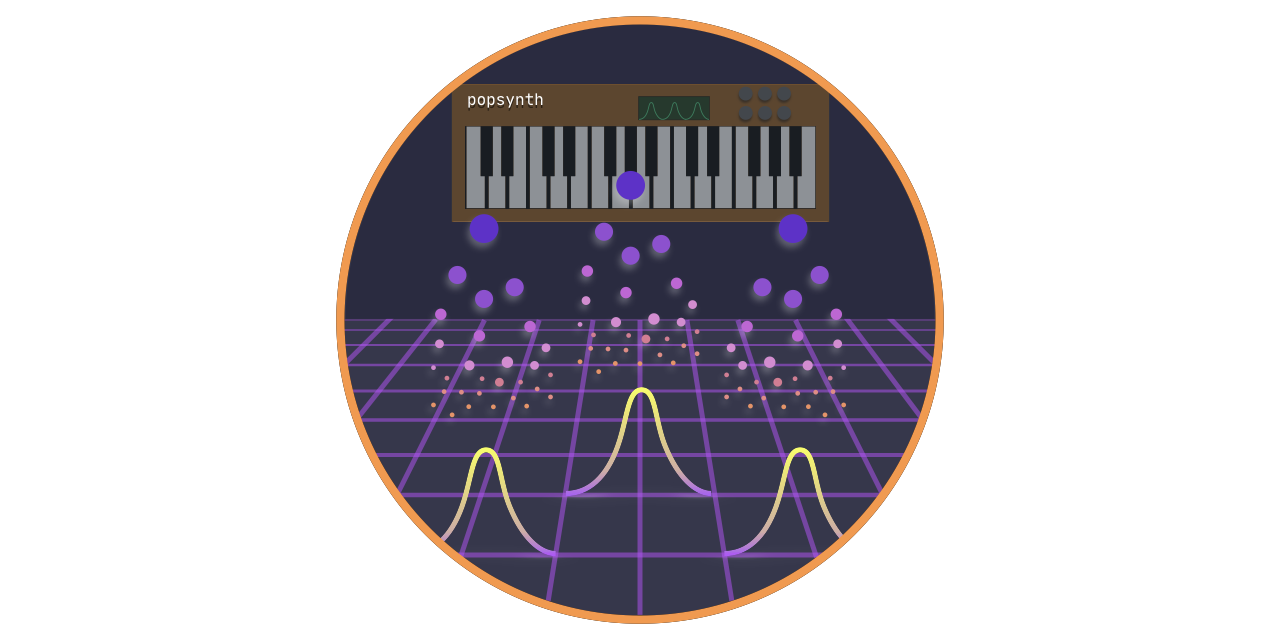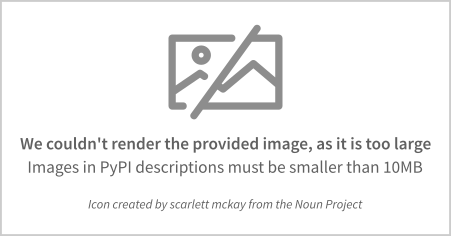A population synthesis code
Project description
popsynth
popsynth core function is to create observed surveys from latent population models.
First, let's define what a population of objects is in terms of a
generative model. The two main ingredients are the objects' spatial
distribution (





is the intensity of objects for a given set of population
parameters. With these definitions we can define the probability for
an object to have position 


popsynth allows you to specify these spatial and property
distributions in an object-oriented way to create surveys. The final
ingredient to creating a sample for a survey is knowing how many
objects to sample from the population (before any selection effects
are applied). Often, we see this number in simulation frameworks
presented as "we draw N objects to guarantee we have enough." This is
incorrect. A survey takes place over a given period of time (

Thus, popsynth first numerically integrates the spatial
distribution to determine the Poisson rate parameter for the given
$\vec{\psi}$, then makes a Poisson draw for the number of objects in
the population survey. For each object, positions and properties are
drawn with arbitrary dependencies between them. Finally, selection
functions are applied to either latent or observed (with or without
measurement error) properties.
Note: If instead we draw a preset number of objects, as is done in many astrophysical population simulation frameworks, it is equivalent to running a survey up until that specific number of objects is detected. This process is distributed as a negative binomial process, i.e, wait for a number of successes and requires a different statistical framework to compare models to data.
Installation
pip install popsynth
Note: This is not synth pop! If you were looking for some hard driving beats out of a yamaha keyboard with bells... look elsewhere
Contributing
Contributions to popsynth are always welcome. They can come in the form of:
Bug reports
Please use the Github issue tracking system for any bugs, for questions, and or feature requests.
Code and more distributions
While it is easy to create custom distributions in your local setup, if you would like to add them to popsynth directly, go ahead. Please include tests to ensure that your contributions are compatible with the code and can be maintained in the long term.
Documentation
Additions or examples, tutorials, or better explanations are always welcome. To ensure that the documentation builds with the current version of the software, I am using jupytext to write the documentation in Markdown. These are automatically converted to and executed as jupyter notebooks when changes are pushed to Github.
Project details
Release history Release notifications | RSS feed
Download files
Download the file for your platform. If you're not sure which to choose, learn more about installing packages.




















